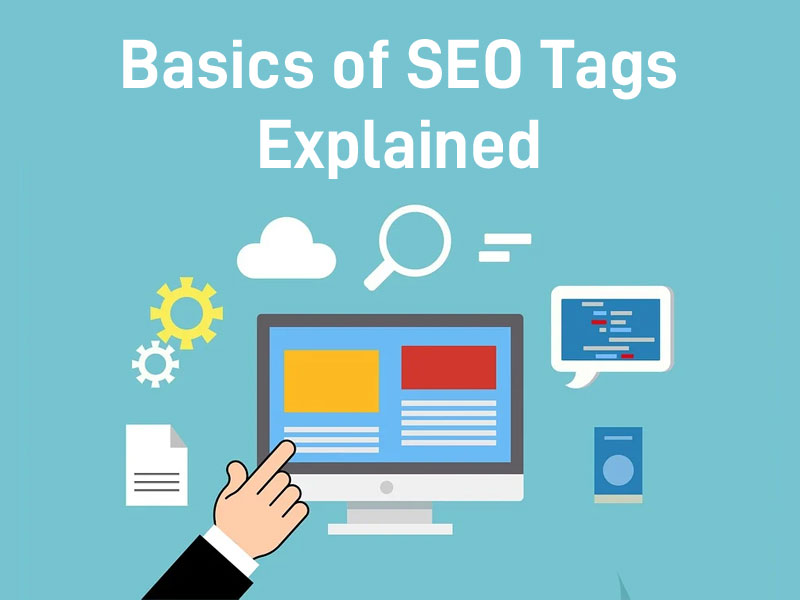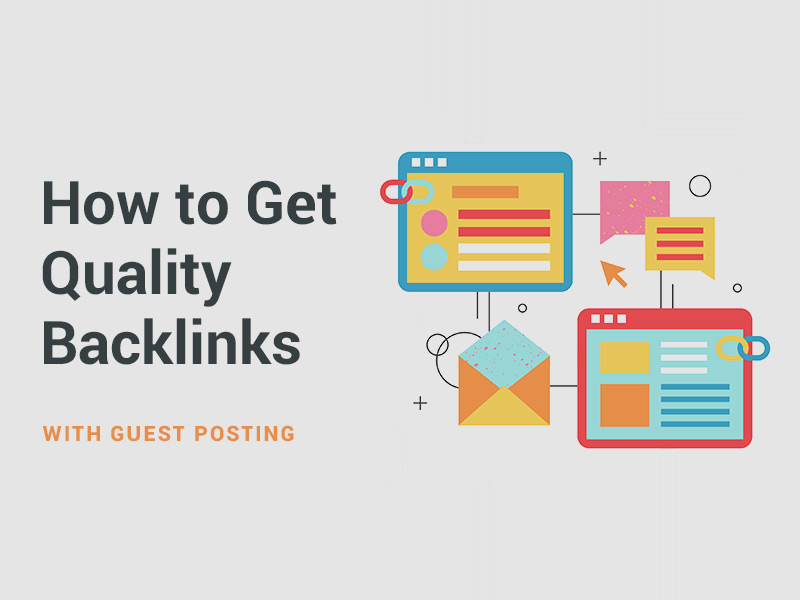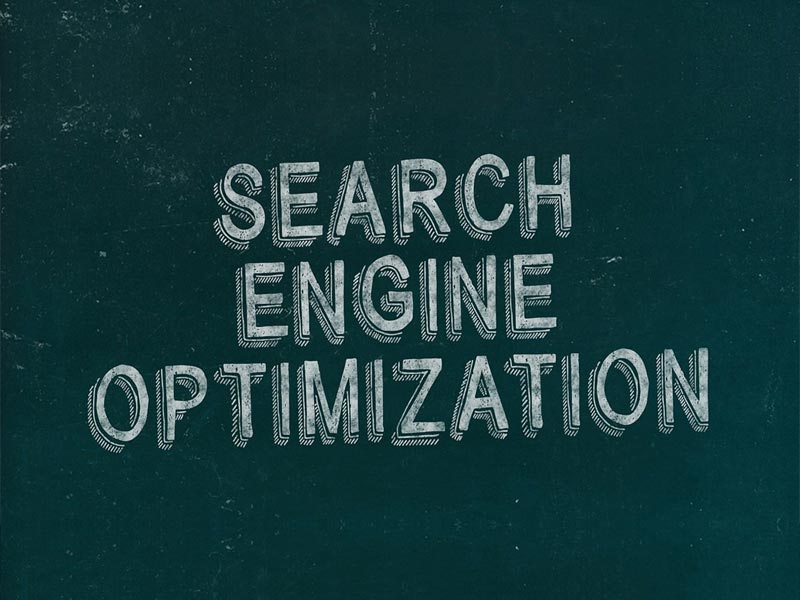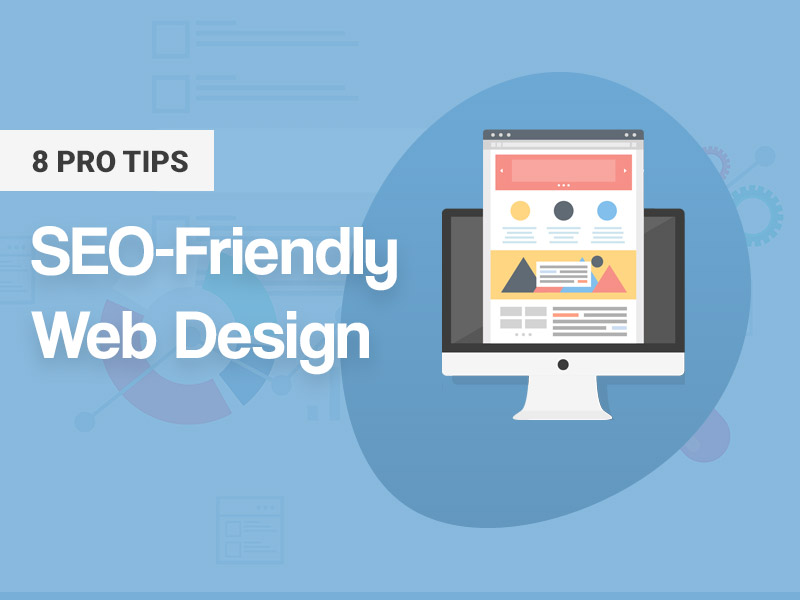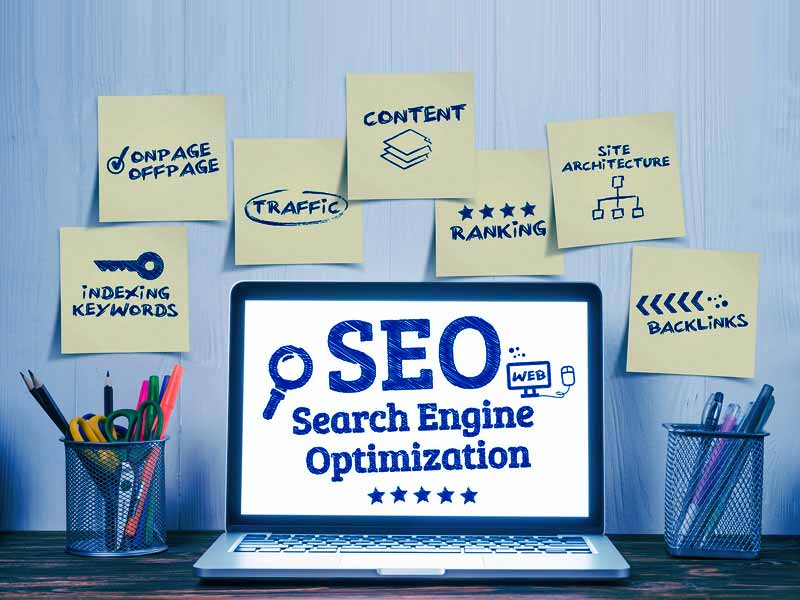Knowing how to work with SEO is essential. SEO brings an influx of organic traffic, and according to BrightEdge, 53% of all trackable website traffic comes from an organic search. Therefore it is necessary you know how to optimize your webpage for search engines.
Before you begin, you should visit the basics of SEO and know what it comprises. Here’s what you need to know:
Types of Tags in SEO
1. Title Tag
Think of this as an introduction to your content. It is by far the most crucial tag of all of your SEO tags. A search engine needs to know what your content is all about, including what your website represents. The title tag describes each of your web page’s topics in a way that the search engine understands. Your title tag also contains the relevant keyword for your users to find you. In short, the title tag informs your users of the content they’ll find, and it will report your search engine on the relevancy of your webpage.
2. Meta Tag
Meta descriptions act as an insider for your content. It informs your users what to expect after they click on your content. Suppose you’re able to write a creative and informative Meta description using clear and concise statements. In that case, you will rise in the ranking system. A common element Meta descriptions share with title tags is that they both involve keywords. It would help if you ensured that each of your web pages contains at least one target keyword. Be consistent with how you write them, such as ‘marketing plan’ and ‘plan for marketers’ are two different keywords. With these tips in mind, you should have no trouble making a reasonable meta tag for your content. You can contact reliable SEO services to learn more about the use of meta descriptions and how to use them.
3. Canonical Tag
These are essential for organizing your content and ensuring your duplicate page doesn’t get authority over your dominant webpage. Every beginner’s guide to canonical tags articles on the internet will discuss many ways to type your website’s URL. Your web page can have more than a thousand duplicate pages. The only reason why they need sorting is so that the search engine knows how to rank these URLs. Through canonical tags, you inform the search engine which URL gets authority over others and should be in consideration. A canonical tag also helps the search engine understand your website better.
4. Header Tag
These tags essentially go into your content. There are several different types of header tags such as:
- H1 Tag
- H2 Tag
- H3 Tag
- H4 Tag
- H5 Tag
They depend on your format. You use these headers when you’re looking to divide your content and organize your content. These headers don’t only manage your content for your readers but help your SEO. When you tag all of them, you inform the search engine precisely what your content is discussing.
5. Image Alt Tag
It is effortless to forget that while the search engine may pick up your content. It may miss images; every search engine has options to categorize your search. Your user could want all content or just an idea. The purpose behind your image alt tag is so your SEO knows all about the pictures used and if your users can access them separately. You need to add an alt text. Which is essentially describing what the image is. You don’t have to include the keyword but can choose to if you want. It also increases the users to find your content organically.
6. No-Follow Tags
You can tell the search engine what links you want it to follow. If you employ a no-follow tag, you’re essentially telling the search engine not to give any credit to the backlinks you have made for the website. Usually, creating a chain of backlinks increases your domain authority.
However, with a no-follow tag, you put an end to this. A no-follow tag only prevents the SEO from adding the links to your ranking, but users can freely engage with the link as it is still usable. You may wonder why would you ever need this tag? Suppose you found a good article, but the link leads to inadequate domain authority. You want your users to reap the benefit of using your website but don’t want your ranking to falter. So you can use a no-follow Tag.
7. Links and Anchor Tags
While you’re working on your content, it is only natural to link different websites to your webpage. You are looking to increase both your credibility and add more information to your website.
It also means when you’re citing research or using stats, you want to give credit where it’s due. Usually, you can add a link. But there is another way to make sure you’re linking consistently through an anchor text.
Anchor text helps the search engine to understand what the subject matter of the link is. You also help the web owner get a favorable ranking by using an anchor text to attach their link. And linking pages makes sure your content stays organized, and that reflects favorably on your SEO.
What Else Should I Know About SEO?
You know what kinds of tags are one part of SEO. You can also build your knowledge and pick up on the types of SEO that exist. There are mainly three types of SEO which are:
1. On-Page SEO
This SEO involves keyword research, content creation, including header tags, and keyword optimization, including the usage of meta tags. Here is the On-Page Checklist that you need.
2. Technical SEO
This kind of SEO moves beyond your content. It is all about your site performance and site health. Your technical SEO informs you how fast your site is and how well it works across the cell phone. What your current index, and how easily the search engine can crawl over your content. It also includes your website’s overall structure and security.
3. Off-Site SEO
It generally judges your link building, such as your backlinking and anchor tags.
Conclusion
SEO is a necessary tool for your website. But to reap the benefits of SEO, you need to know the basic tags that make helpful SEO. Your title, header, and meta tags are SEO essentials for informing both the search engine and the user about your website’s relevance. The canonical tag ensures your search engine knows the authority domain to get your ranking. You can create backlinks using either a no-follow Tag; it retains your web authority and lets users access other information. Link and anchor tags keep your data organized and give consistency to your links.
Ensure that you keep in mind all our information to avoid falling back in the race.
